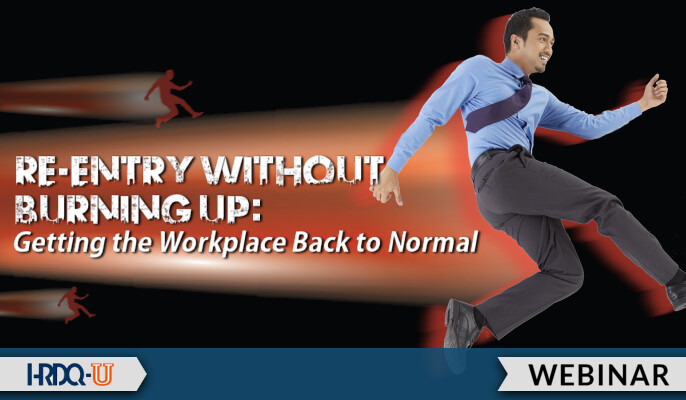The Evolution of Work Dynamics
The global workforce experienced a seismic shift in the wake of the pandemic, with remote work becoming the norm overnight. This sudden change forced companies to adapt quickly, but not all were prepared. It seems that in the future many offices will still work with transitioning between remote or in-person work. Why will going back to work be trickier than you might think? There are a number of reasons.
Navigating a post-pandemic workplace: 5 challenges during the transition
1. Many will have a variety of reactions.
Many found themselves caught off guard by the work-from-home boom, leading to a wide array of reactions among employees. Some individuals unexpectedly thrived in the remote environment, while others struggled with the isolation and lack of structure. Some may prefer the independence of remote work, while others may crave the structure of the office. It’s essential to recognize that the genie is out of the bottle, and no company will be able to return to exactly how things worked before the pandemic hit. Managers must communicate effectively with their team members to determine how they cope with the changes and adjust accordingly.
2. People will need time to process.
The traditional workplace is inherently social. We make friends, chat, and indulge in non-work activities (birthday cake in the breakroom!) that connect us. After being apart, it’s only natural for people to check in with each other. Remember, some have been struck hard by illness and other circumstances, and others will have viewed the change in their work as inconvenient and annoying. Expect some tension; many phone calls and hallway conversations will take longer and be less work-focused than usual. Give people time to adjust and reconnect. Do what you can to facilitate reconnecting and acknowledging the challenges posed by this transition, and allowing time for adjustment is key.
3. Some may have the “One Day” mentality.
Many companies had long held the notion that remote work would be a reality “one day.” They either needed to prepare for the rapid transition or believed that certain jobs couldn’t be effectively performed from home. This attitude created a gap between expectation and reality, causing a need for careful evaluation and adjustment as offices reopen. The dynamics of the post-pandemic workplace demand should include thoughtful consideration of employees’ varied preferences and needs.
4. Everyone will be going at their own pace, which will vary.
Not all employees will return simultaneously or with the same mindset. The post-pandemic workplace will likely witness the rise of hybrid teams, with some preferring to work from home while others yearn for the familiarity of the office. Individual circumstances, such as changes in childcare arrangements, family situations, and health concerns, will influence the pace of re-entry. The focus should shift from where employees sit to their roles, ensuring a cohesive and collaborative work environment.
5. The way we use technology has changed forever.
Before the onset of Covid-19, the use of webcams was gradually increasing. However, many employees working in offices remained hesitant to adopt this technology. The pandemic has caused many office workers to experience the challenges of being physically separated from their colleagues. This newfound empathy will likely lead to changes in how we collaborate in the workplace. One notable change will be the widespread adoption of web meeting platforms, such as Zoom or Microsoft Teams, as most people no longer have valid excuses to avoid them.
Additionally, there will be fewer meetings where some team members are present in the conference room while others join remotely. This shift will result in more effective virtual meetings and better utilization of web meeting tools. It’s important to keep in mind that “Zoom fatigue” is a real issue, and, as a result, we may need to be more selective in choosing when to plan meetings.
Be Thoughtful about Transitioning from Remote to In-Person
Transitioning in a post-pandemic workplace or from remote to in-person is challenging, and assumptions about employee reactions and organizational needs can lead to avoidable mistakes. However, organizations can successfully navigate this intricate journey with strategic planning, empathetic leadership, and a willingness to adapt. Just like re-entry into the Earth’s atmosphere requires careful navigation, the return to the office demands thoughtful consideration, ultimately steering the workforce toward a new era of work dynamics.
















